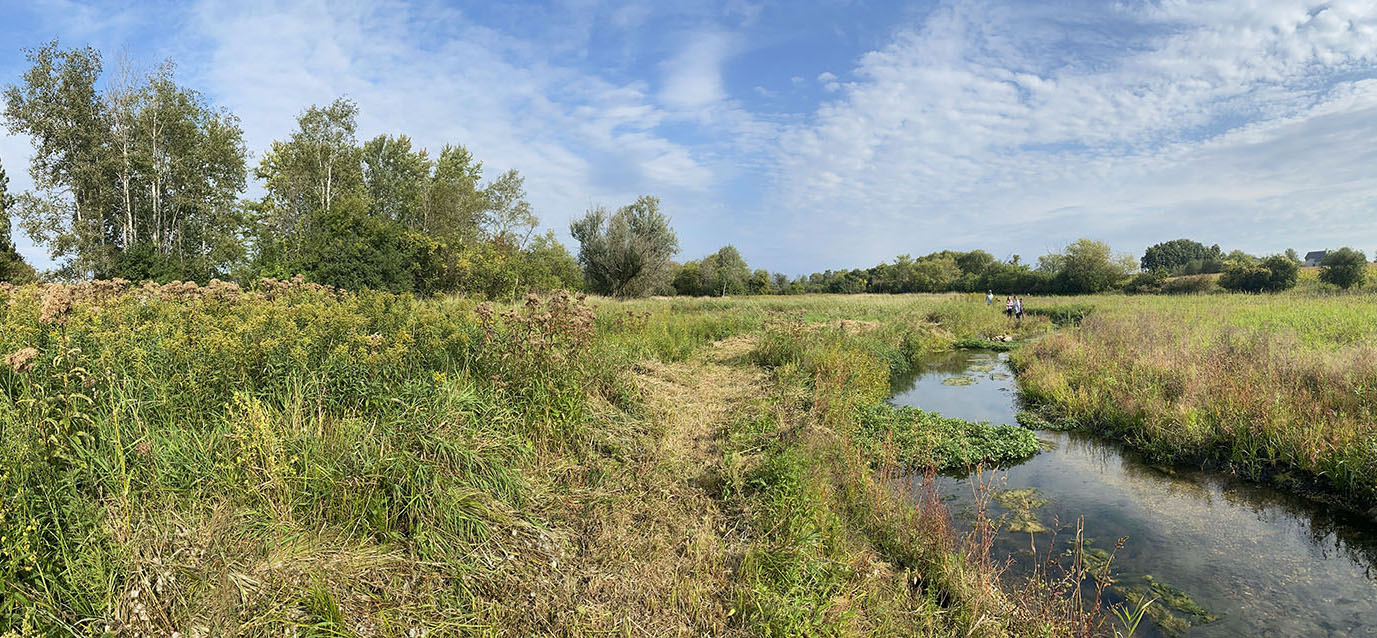
Re-meandering Mason Creek
September 29, 2023 | Topics: Places
By Susan Buchanan
Photography by Eddee Daniel
A ribbon-cutting ceremony was held on Sep 23, 2023 to celebrate the successful completion of the Mason Creek Re-meandering Project and to thank the many partners, adjacent landowners and other stakeholders for their commitment. Fifty people attended, including representatives of most of the stakeholders. Following the ribbon-cutting, the group was led on a tour guided by several of the experts who outlined the significant challenges during construction and the positive benefits the project presents to water quality, wild and aquatic life.
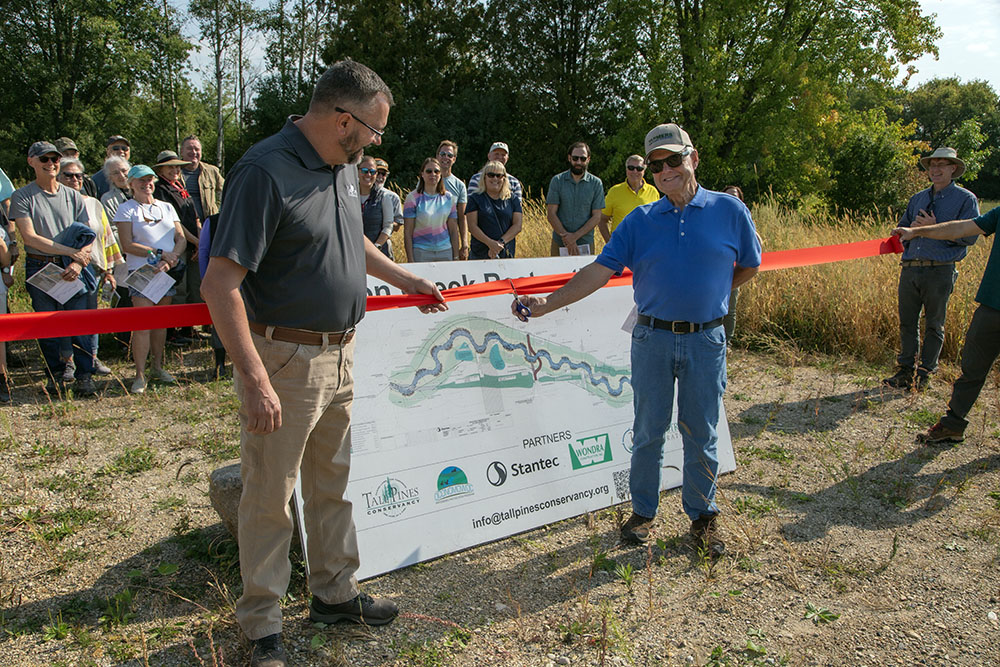
Over a decade ago, representatives from Tall Pines Conservancy (TPC) met with the Chairman of the North Lake Management District over concerns about sediment and nutrient levels in the Lake, which can be detrimental to water quality and aquatic habitats. The district had funded a study by UWM that identified Mason Creek, one of four feeder streams to the lake, as a significant contributor.
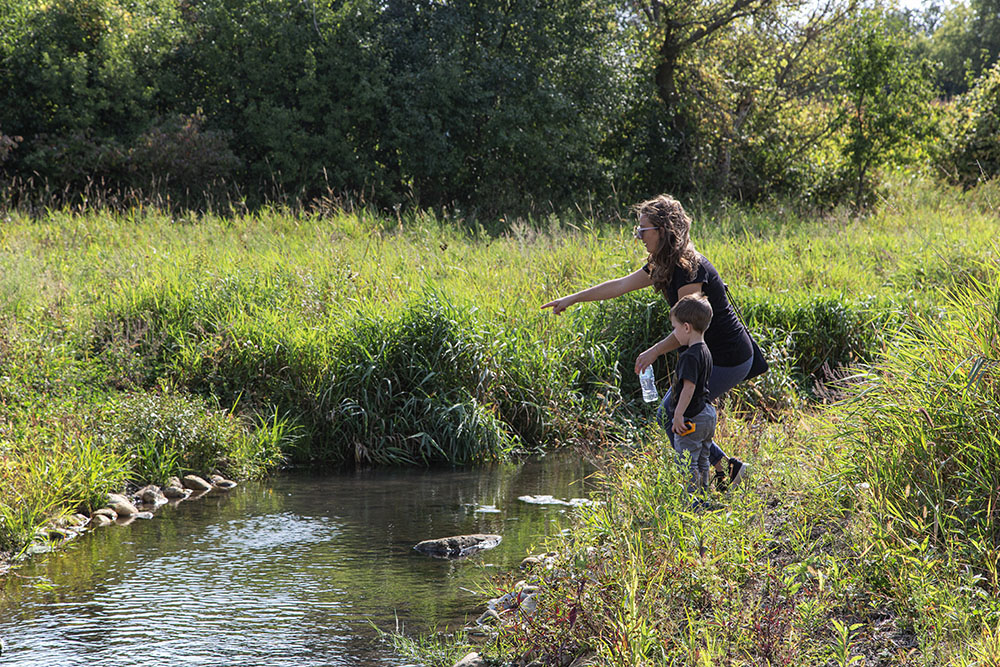
Fast forward, the district received a DNR grant to hire the Southeastern Wisconsin Regional Plan Commission to complete a River Management Plan. Four years later, a plan was finished that identified various areas of concentration. TPC and partners began chipping away at installing buffers and removing culverts, among other things, to address these concerns. Eventually it was determined that the creek north of County Highway CW was responsible for the highest proportion of sediment and nutrients entering into the lake. The team decided to direct their attention to this area.
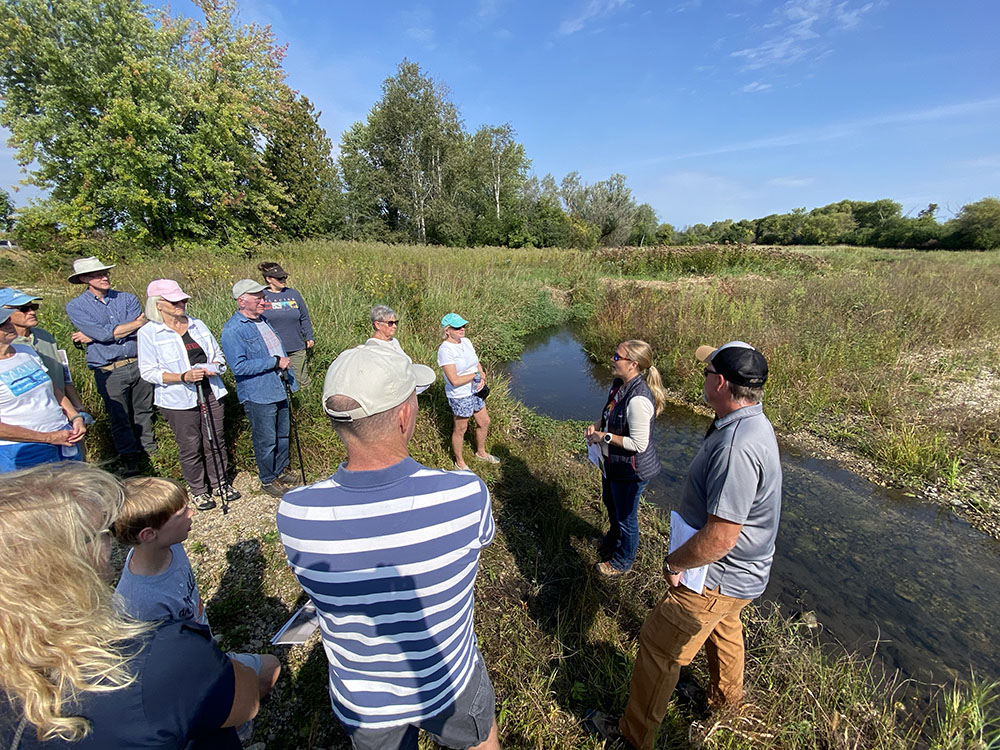
Tall Pines contacted many riparian landowners in the area and were able to strike a deal with members of the Schmidt family to purchase twenty-six acres of farmland along the creek for purposes of re-meandering the stream back to its natural course and re-connect it to the flood plain. Grants were obtained through the DNR by the North Lake Management District, accounting for approximately seventy-five percent of the construction cost with the remaining twenty-five percent coming from generous donors. The project cost was $300,000, and the estimated improvement is 102 pounds of annual phosphorous reduction.

The major partners were Tall Pines Conservancy, the Oconomowoc Watershed Protection Program, North Lake Management District, Wisconsin Dept. of Natural Resources, Stantec Engineering and Wondra Construction. Additional partners included Trout Unlimited, Waukesha County, the Town of Oconomowoc, Town of Merton, Field & Stream and the Corp of Engineers.

Future projects will include ditch plugs along the northwest branch of the creek, and continual work with landowners in the area on best management practices.
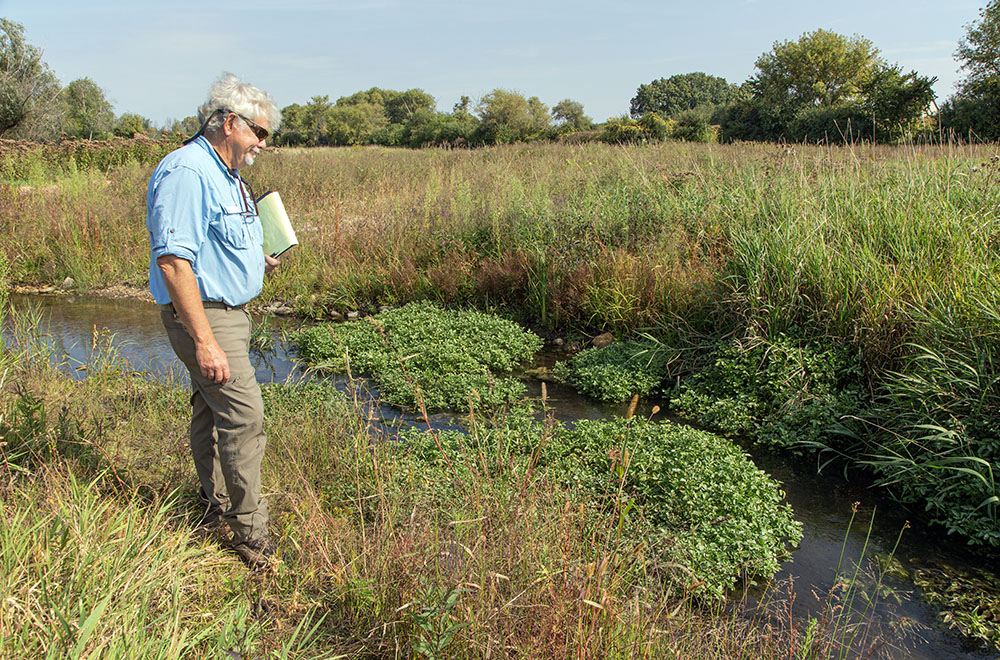


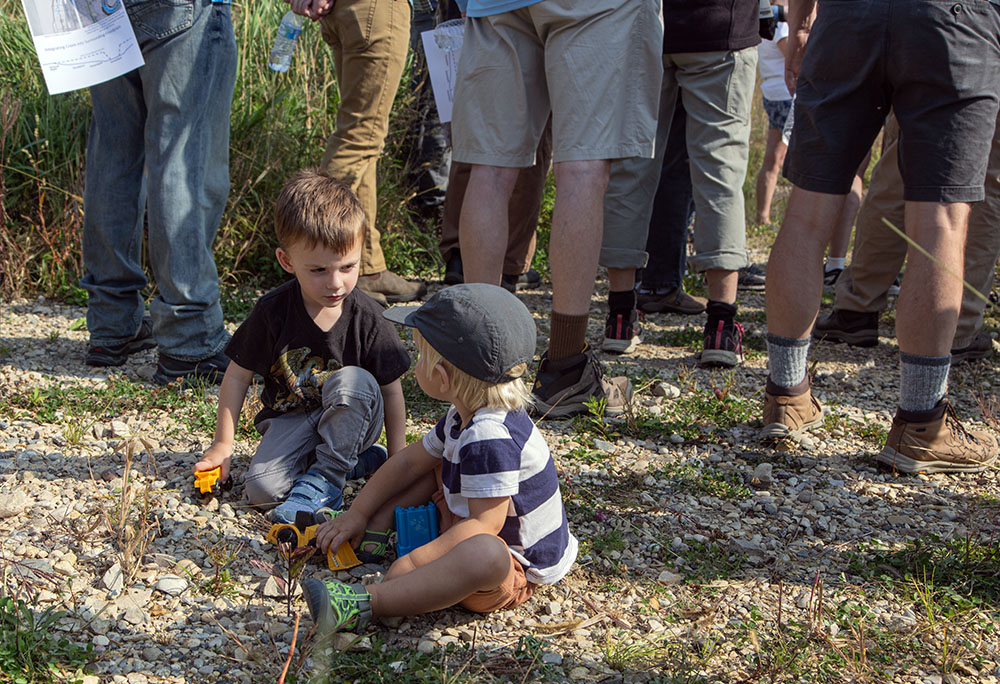


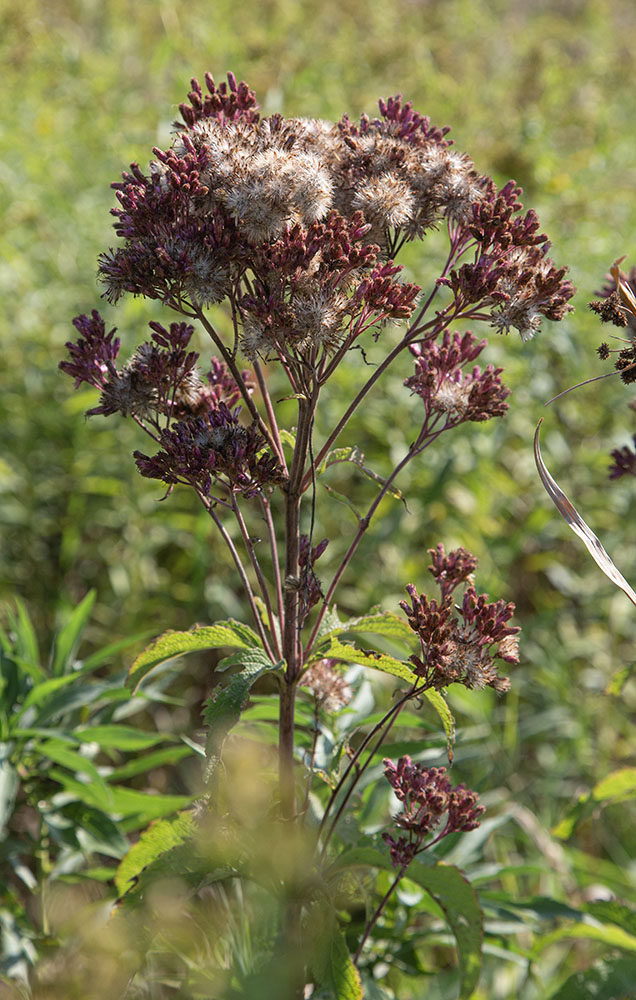

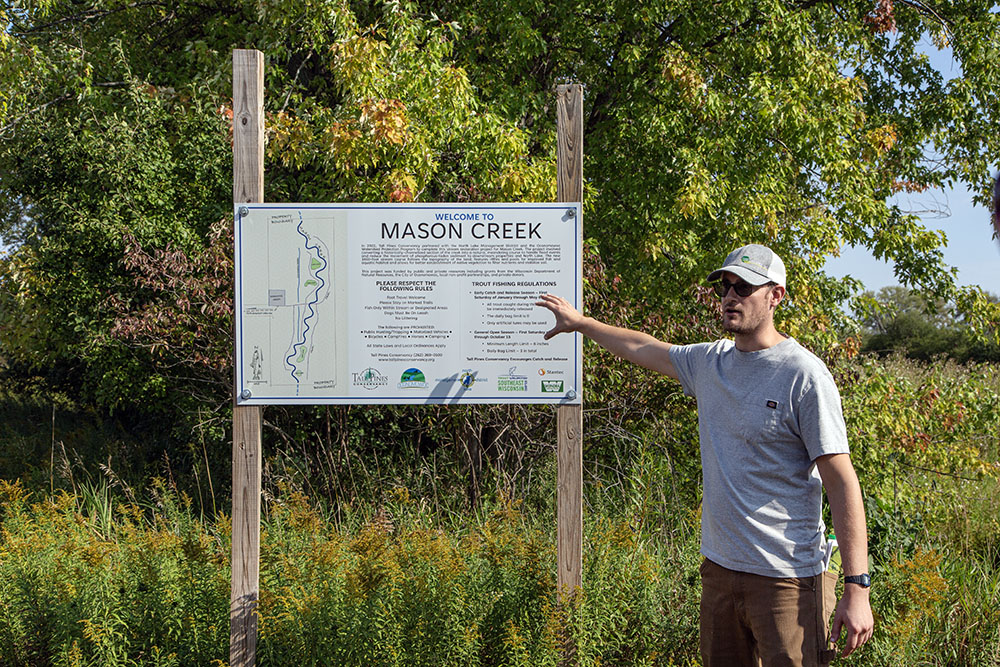
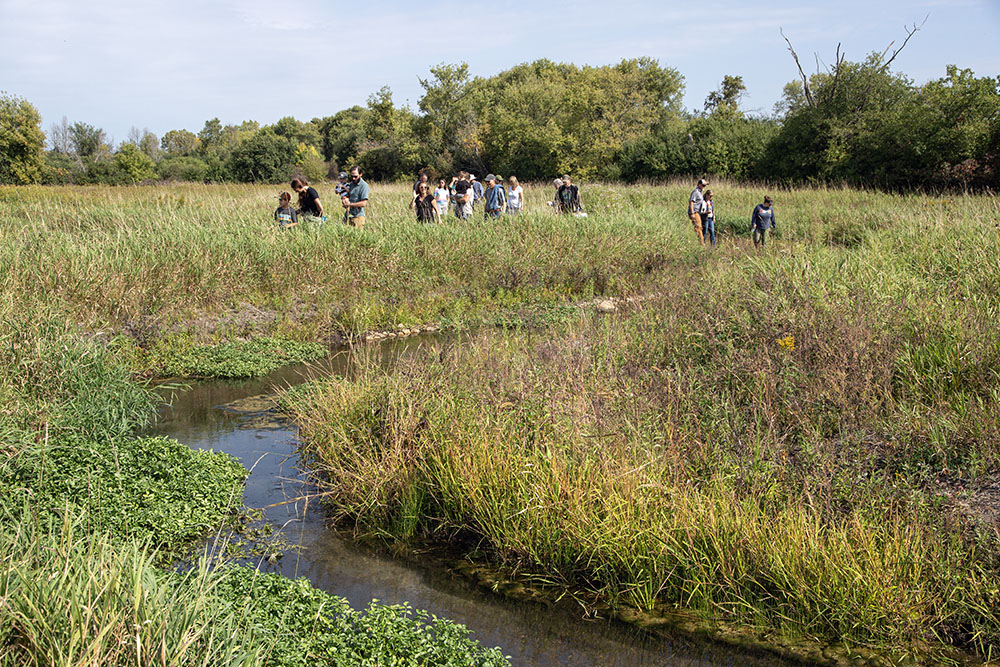
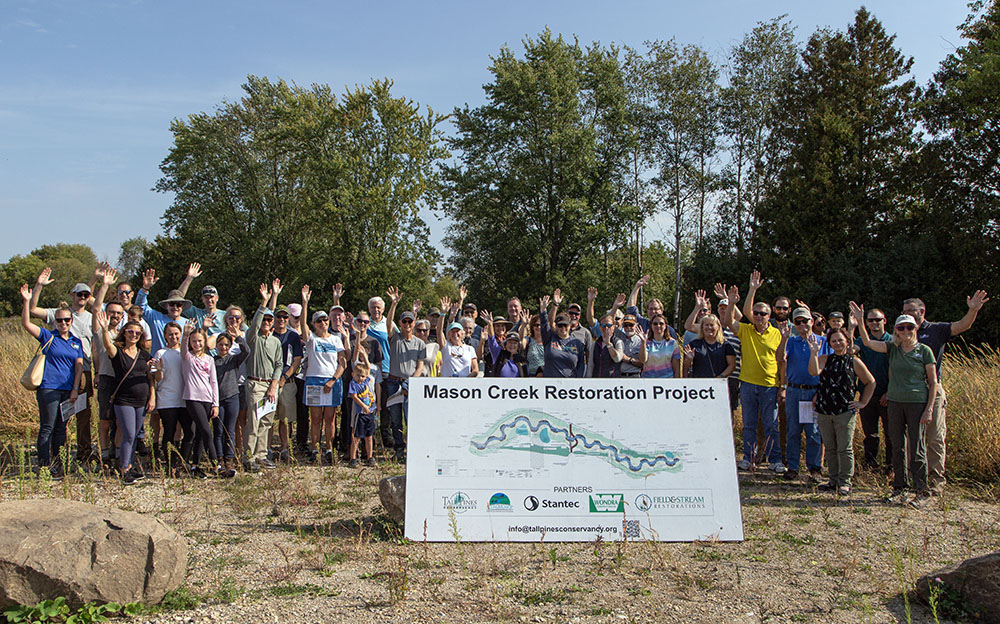
Related stories:
Pike River restoration: Enhancing the watershed for a cleaner Lake Michigan
Touring restoration sites on the Milwaukee River in Ozaukee County
Kinnickinnic River restoration in Pulaski Park
Susan Buchanan is Executive Director of Tall Pines Conservancy, which is a project partner of A Wealth of Nature. Eddee Daniel is Project Director of A Wealth of Nature, a project of Preserve Our Parks.
One thought on "Re-meandering Mason Creek"
Comments are closed.


Do you know if beavers were considered for the job of slowing down the water flow and reducing the phosphorus content of Mason Creek?